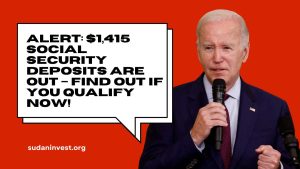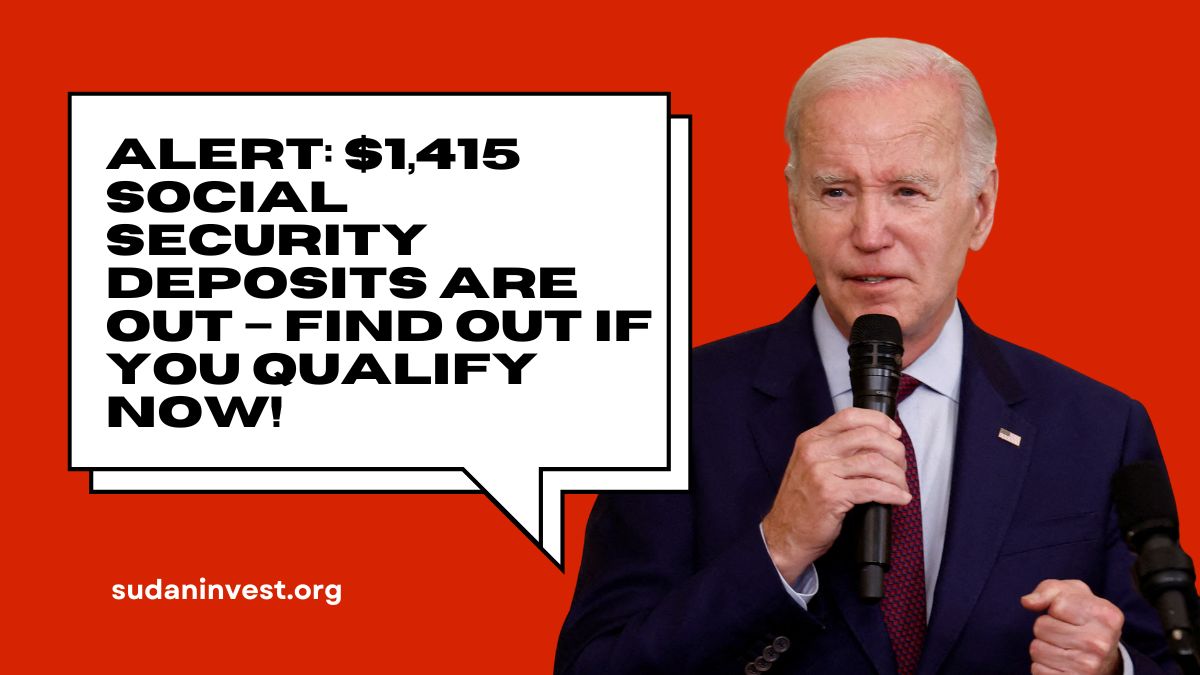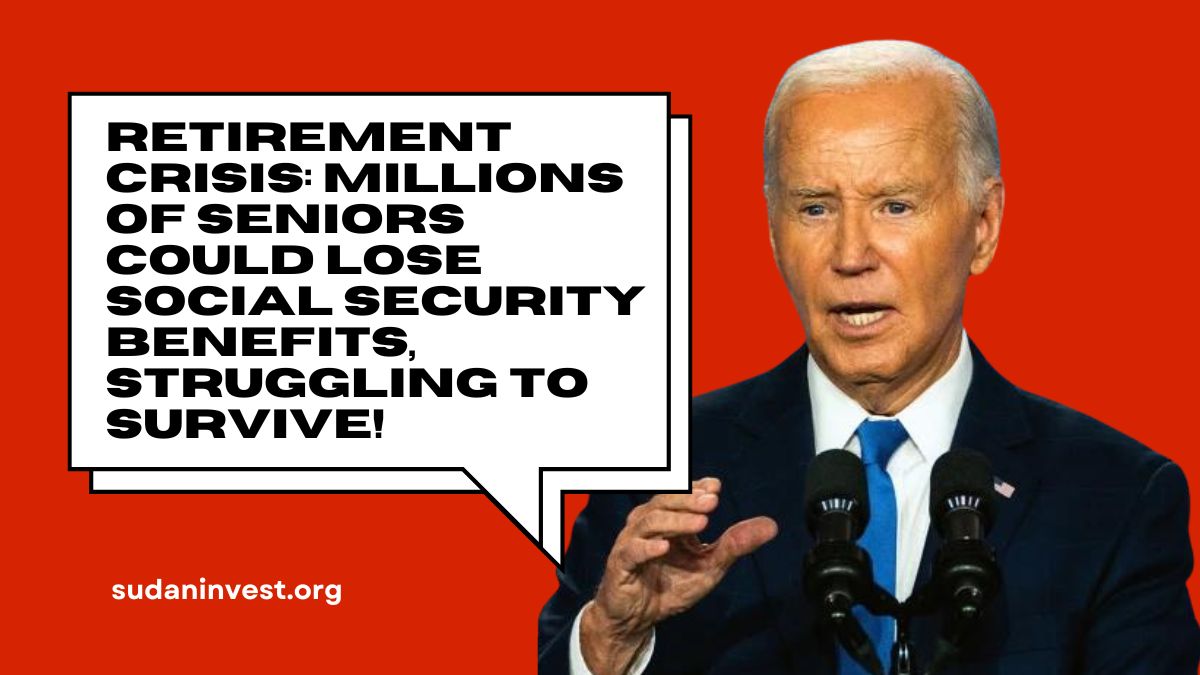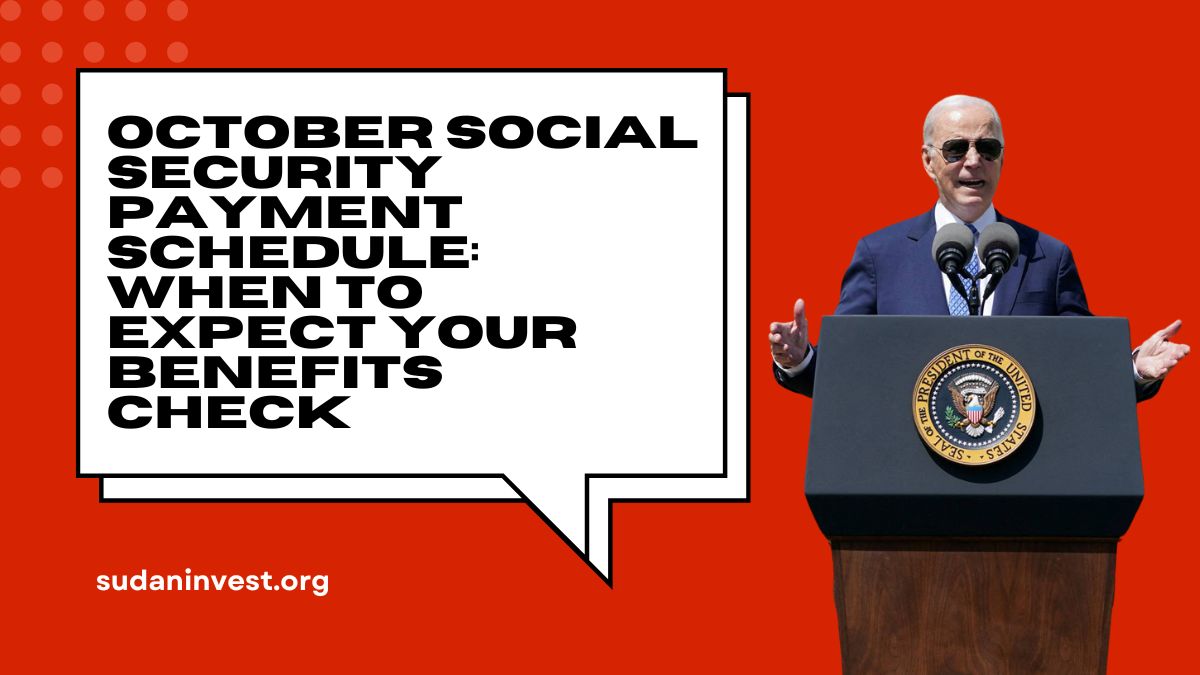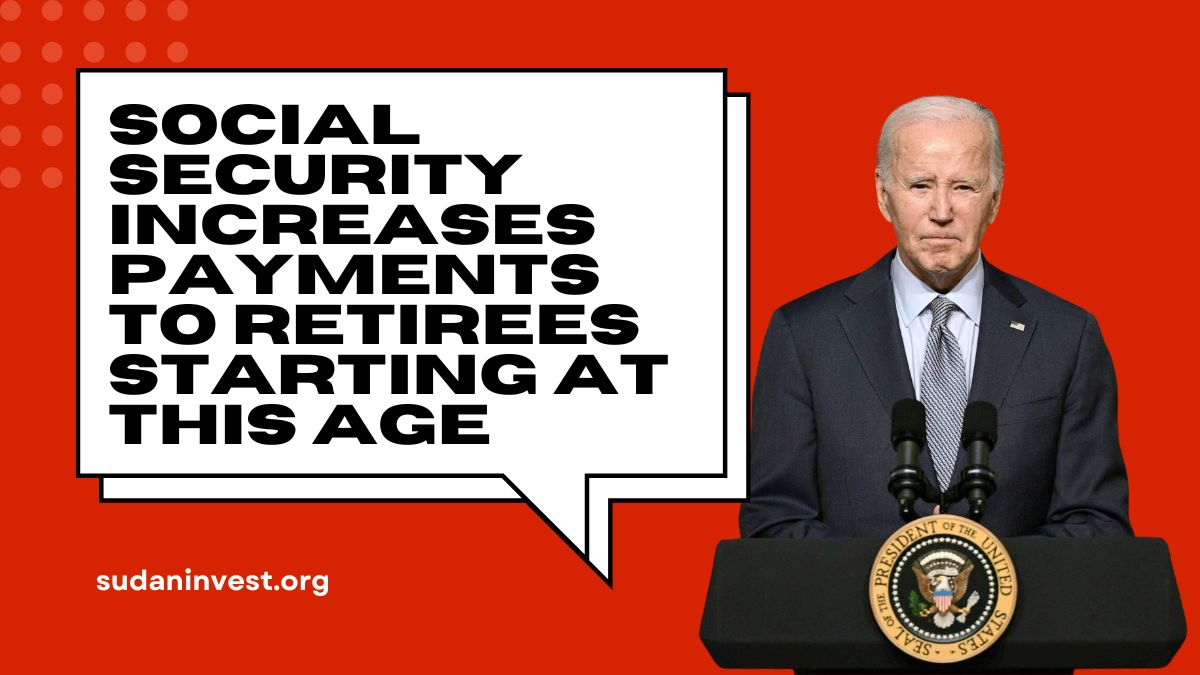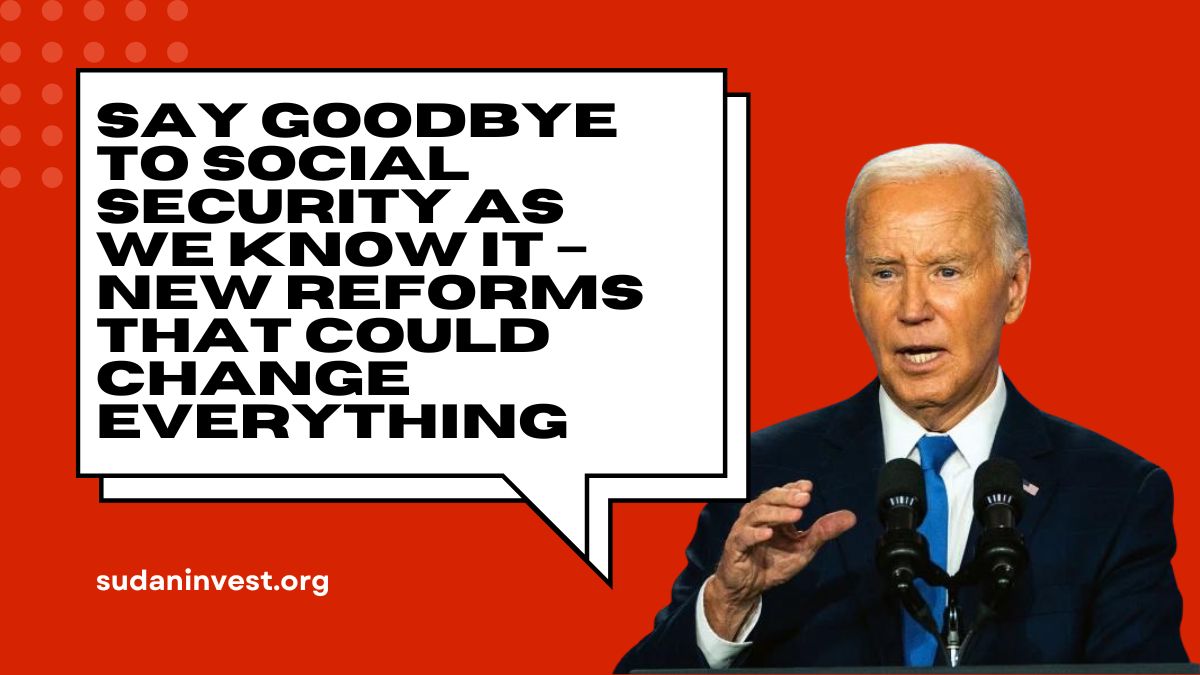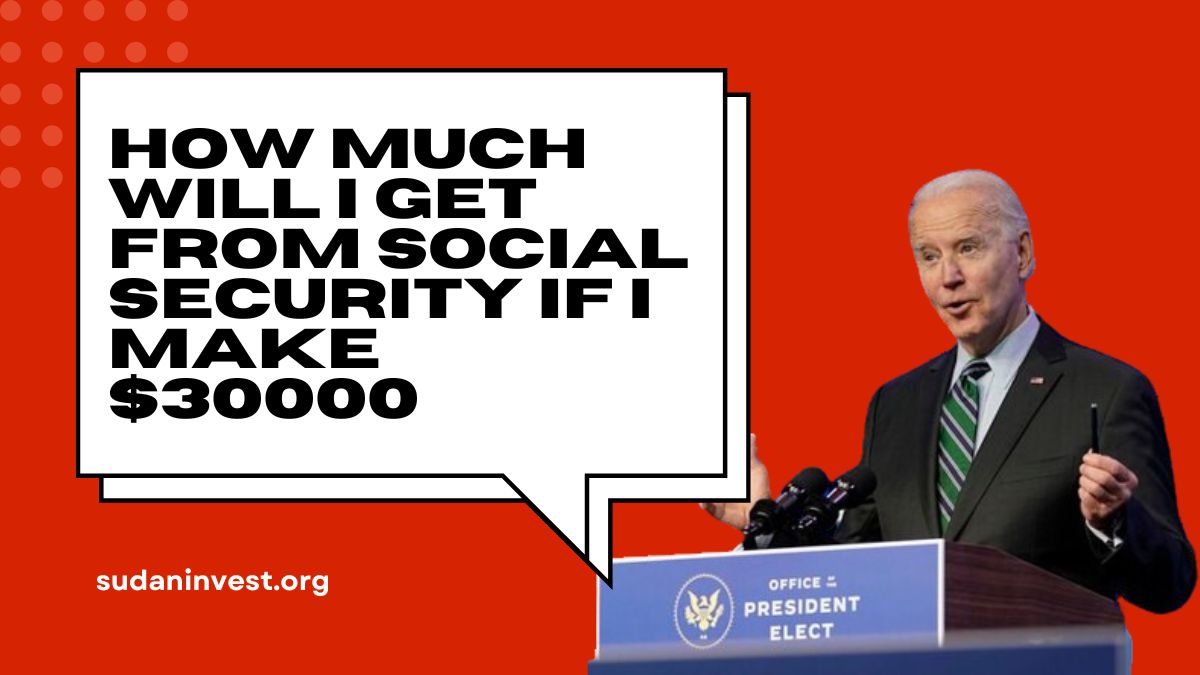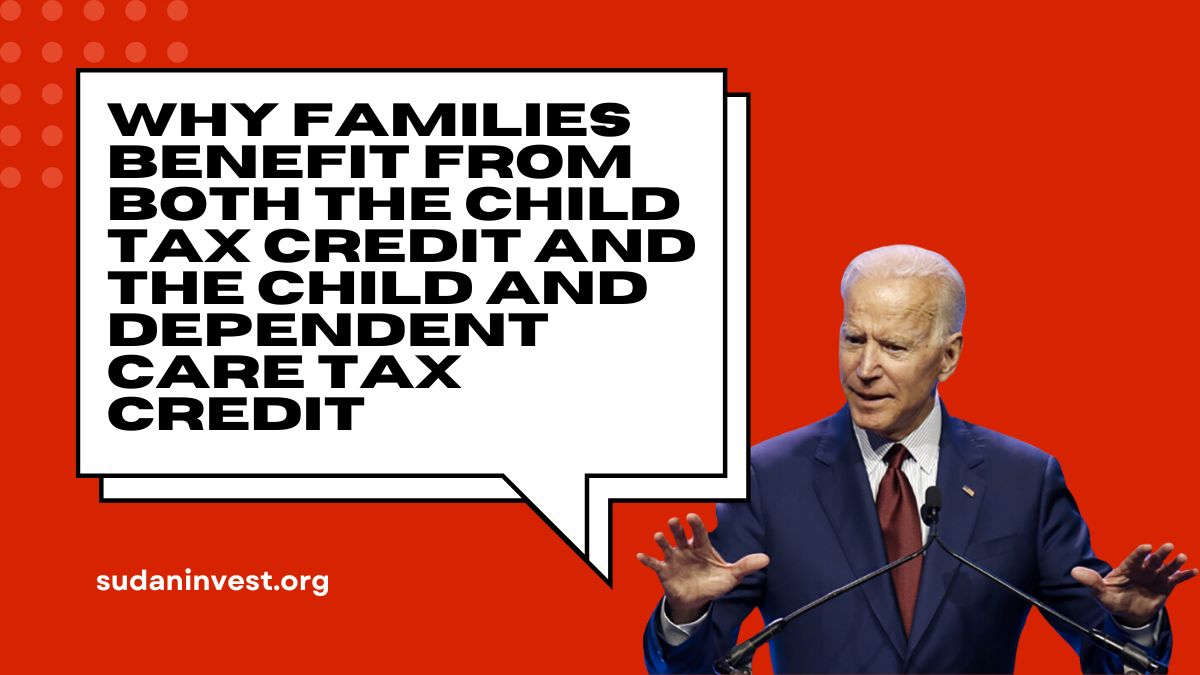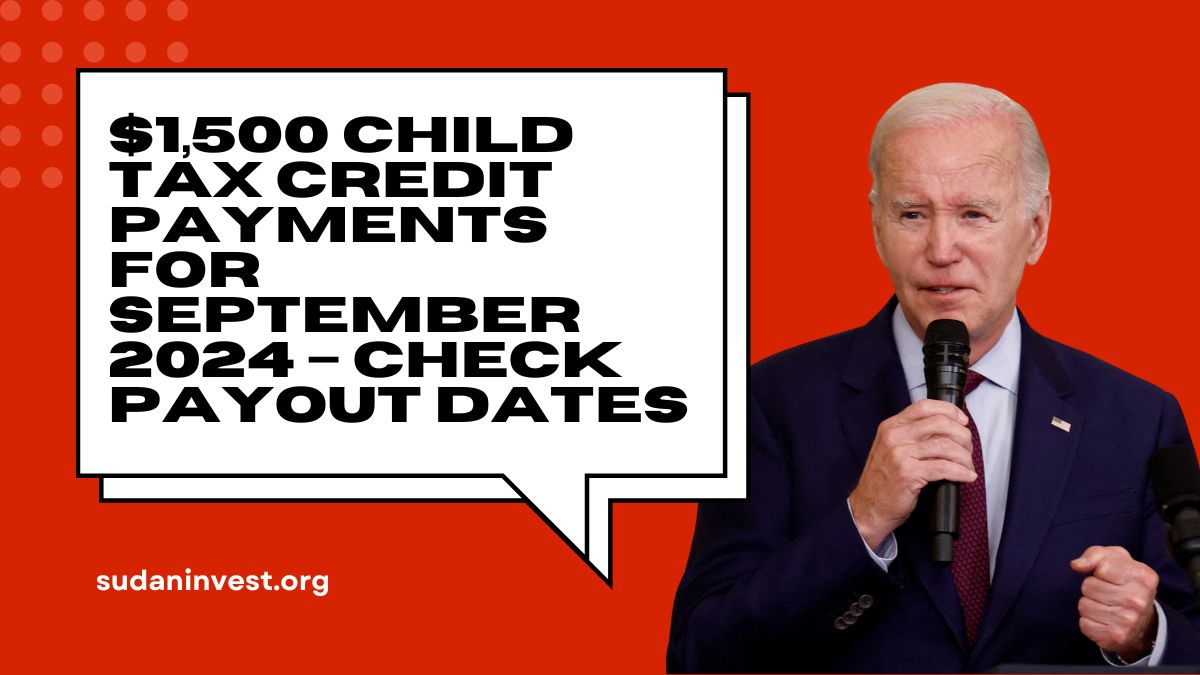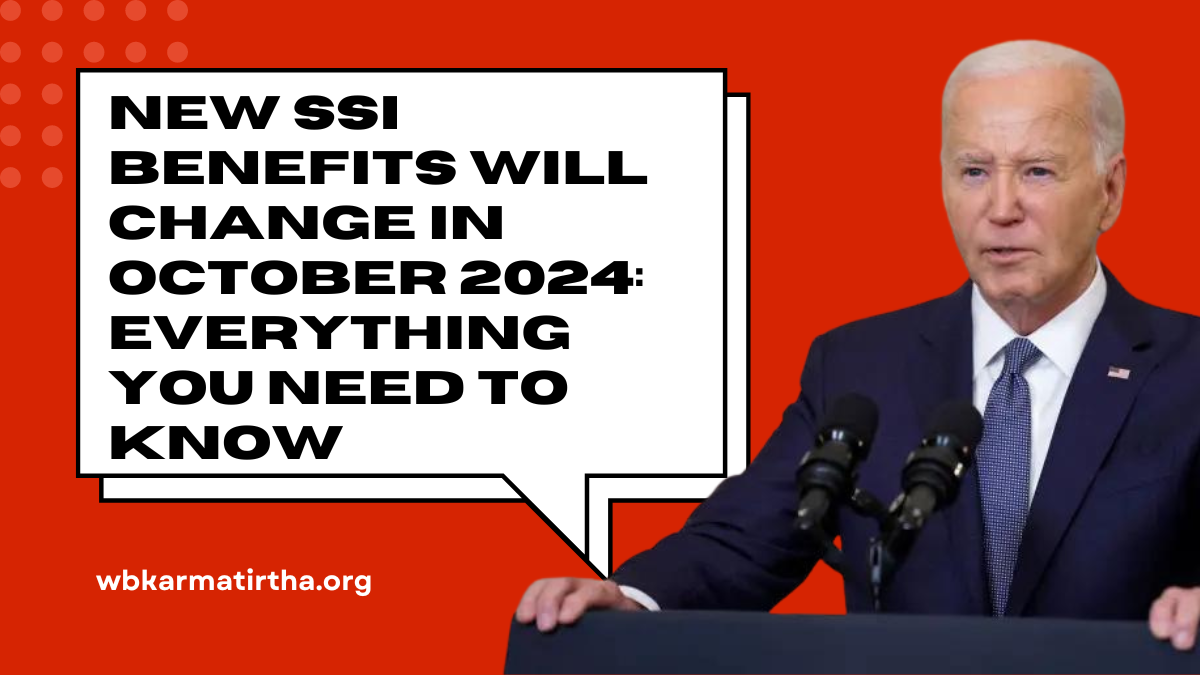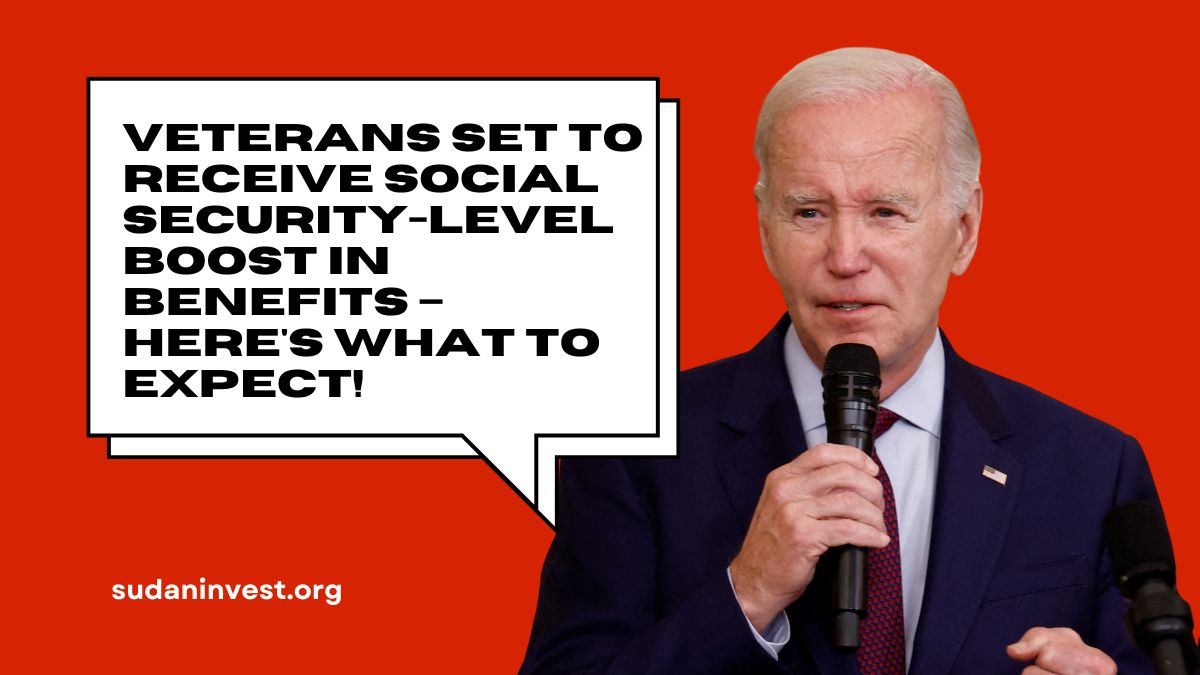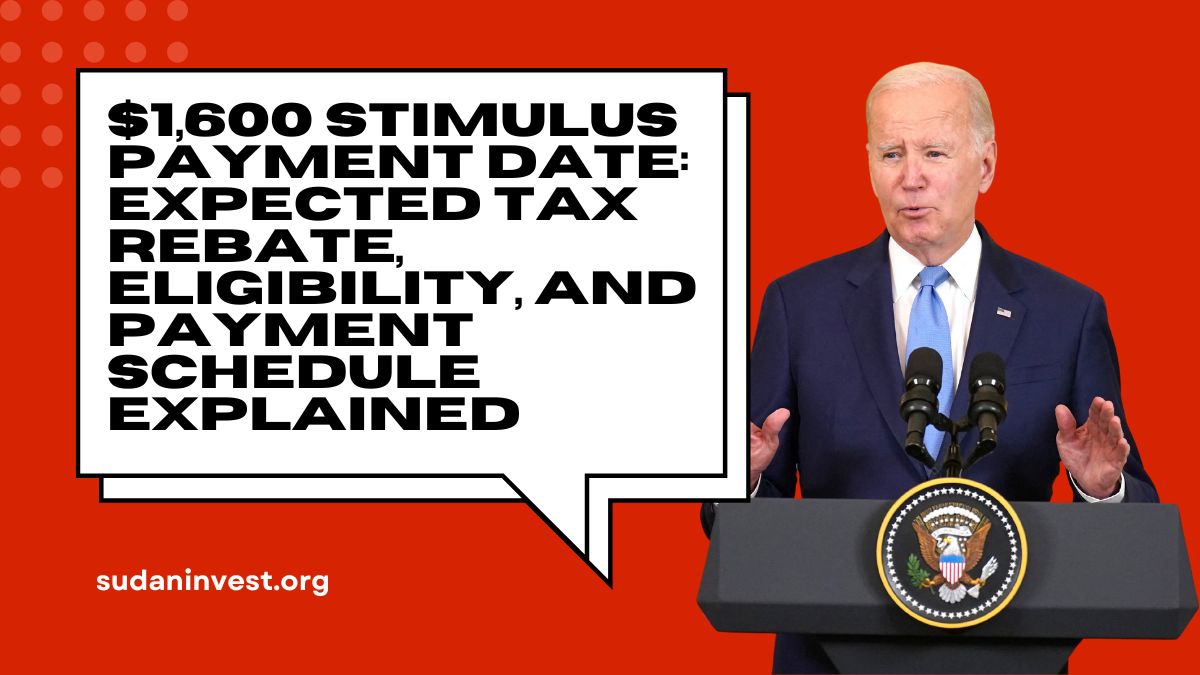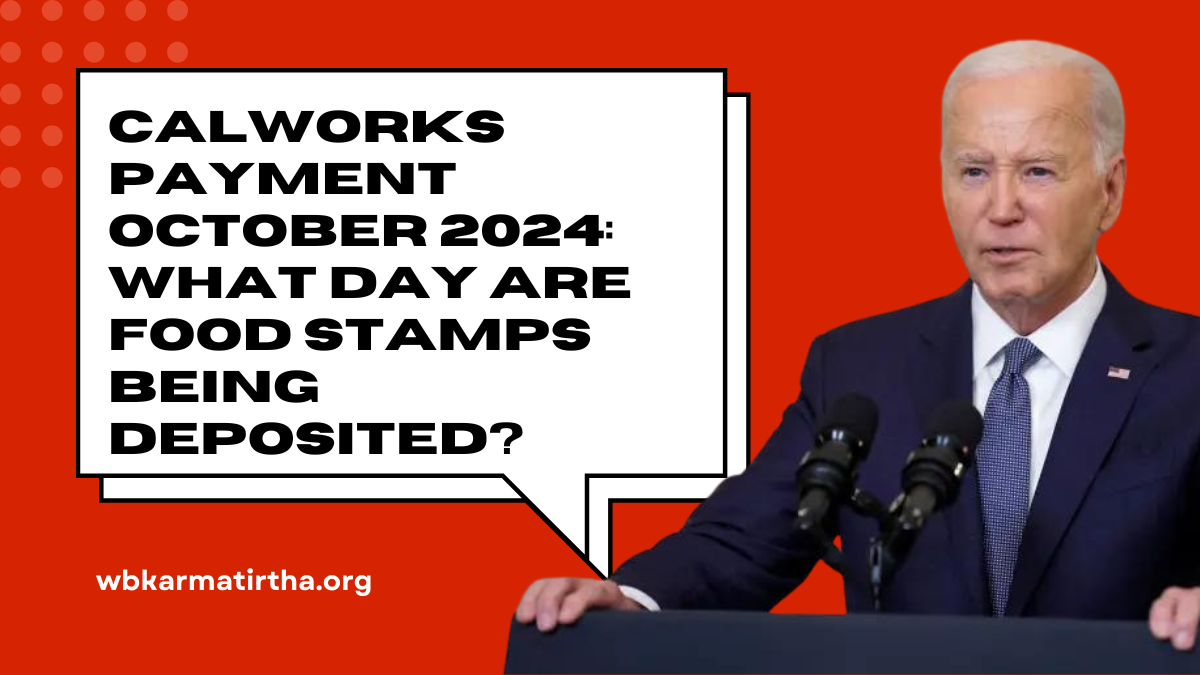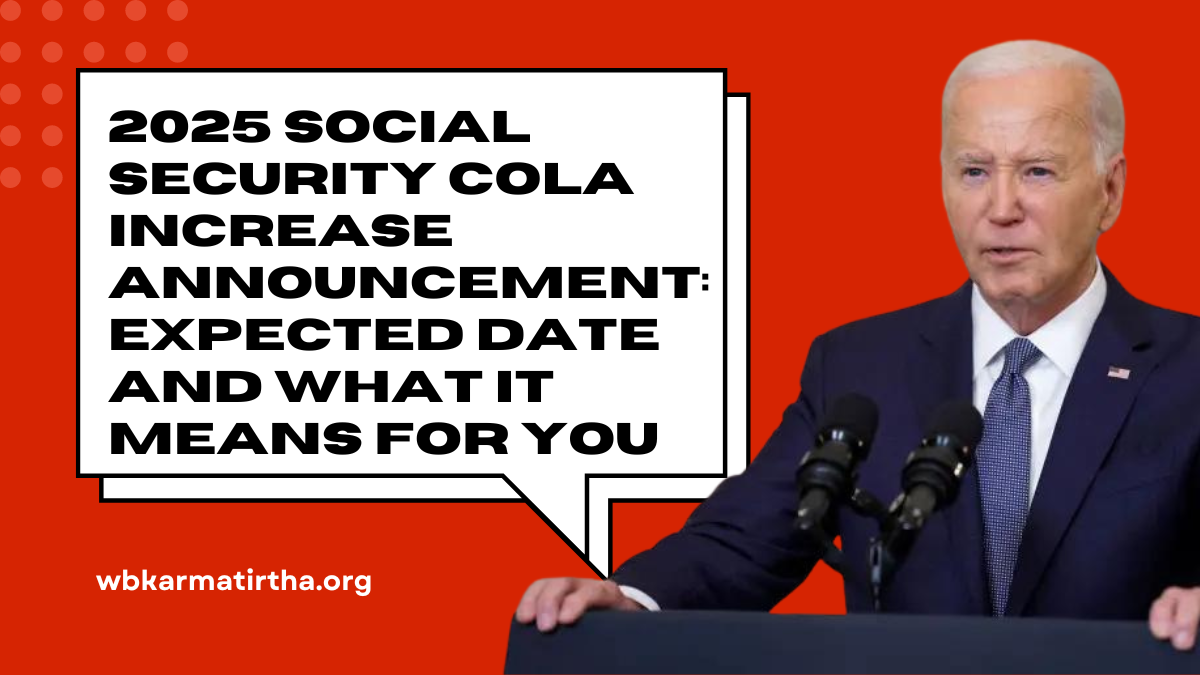As we move further into the age of automation and artificial intelligence (AI), the idea of “Universal High Income” (UHI) is gaining momentum.
Many predict that traditional jobs may become scarce due to technological advancements, leading to the need for an income model where individuals are paid regardless of employment status.
This concept goes beyond Universal Basic Income (UBI) and suggests a significant income to replace the traditional salary structure.
What is Universal High Income?
Universal High Income (UHI) refers to a proposed system where individuals receive a regular, substantial payment that meets their living expenses, regardless of their employment status.
Unlike UBI, which is generally modest and aimed at providing a safety net, UHI suggests a level of income that could support a full lifestyle, making it possible for people to thrive even if they do not have a conventional job.

UHI is being considered as a solution to the disruptive effects of automation, AI, and the fourth industrial revolution, where machines and algorithms replace human labor in many industries.
Tech visionaries like Elon Musk have been vocal proponents of UHI, arguing that as automation eliminates millions of jobs, governments may need to provide significant income to maintain social stability and ensure consumer spending continues to fuel economic growth.
Why is UHI Different from UBI?
Universal Basic Income (UBI) provides a small, fixed sum to all citizens, regardless of their income. In contrast, Universal High Income aims to provide enough money for individuals to live comfortably, even if they are not working.
While UBI serves as a financial safety net, UHI would replace traditional salaries and wages for many, especially as jobs become obsolete due to technological advancements.
Who Will Receive Universal High Income in 2024?
The concept of UHI is still in its infancy, with no full-scale implementation yet. However, there have been trials and discussions worldwide regarding how this might work in the future.
- Developed Nations: Countries like the United States, Canada, and parts of Europe are likely to pilot UHI programs as they are already dealing with significant automation impacts. For instance, industries such as manufacturing, retail, and transportation are likely to be the first to experience mass job displacement.
- Vulnerable Groups: As AI displaces jobs, those in lower-wage positions such as retail, manufacturing, and transportation could be the first recipients of UHI.
- Tech and AI Dominated Economies: Economies that rely heavily on technological innovation may also see earlier adoption of UHI. Countries like Japan and South Korea, where automation is advanced, might explore these income models sooner than others.
The Economics of Universal High Income
Implementing UHI will require a major shift in economic thinking. Here are the key economic considerations:
- Funding: Governments would need substantial revenue sources to provide a universal high income. Possibilities include higher taxes on corporations benefiting from automation, wealth taxes, and redistributive models such as carbon taxes.
- Impact on the Workforce: As automation replaces jobs, the workforce participation rate is expected to decline. Fewer jobs mean fewer people earning salaries, leading to a smaller consumer base and potentially a shrinking economy if UHI or similar measures are not implemented.
- Technological Unemployment: Estimates suggest that millions of jobs could be lost to AI and automation by 2030. This would necessitate the introduction of UHI to prevent mass unemployment and economic instability. For example, according to McKinsey, 12 million Americans could be out of jobs by 2030.
Challenges of Implementing UHI
Implementing a system of universal high income comes with significant challenges:
- Political Will: UHI requires political consensus, which is difficult to achieve in many countries. The concept is controversial, and many governments are still grappling with the implications of UBI, let alone UHI.
- Financing: Finding sustainable ways to fund UHI is crucial. Governments might need to introduce new tax schemes, reduce spending on other social programs, or borrow heavily to make UHI feasible.
- Public Acceptance: One of the biggest challenges is convincing the public of the need for UHI. The concept of earning money without working is foreign to many, and widespread skepticism remains, especially among those who may still have job security in the short term.
Universal High Income Trials in 2024

As of 2024, no country has fully implemented UHI. However, several experiments and pilot programs are underway:
- Finland: Finland previously tested a UBI scheme that offered unemployed citizens a fixed monthly income, with positive results in terms of well-being and mental health, although the program did not expand into a full UHI model.
- Canada: Canada has experimented with temporary UBI programs, particularly during the COVID-19 pandemic. The results have fueled interest in more expansive income programs like UHI.
- United States: Discussions about UHI are gaining traction in political and technological circles. While no formal UHI trial has started, advocacy for such a system is growing, especially among tech leaders like Elon Musk and Andrew Yang.
UHI vs. UBI
| Feature | Universal Basic Income (UBI) | Universal High Income (UHI) |
|---|---|---|
| Purpose | Safety net | Replace traditional salaries |
| Amount | Modest | Substantial |
| Recipients | All citizens | Potentially all or selected citizens |
| Focus | Basic needs | Comprehensive living expenses |
| Implementation Trials | Multiple countries | Under discussion |
Conclusion
Universal High Income is an evolving concept that addresses the challenges posed by automation and AI in the workforce. As more jobs are automated, UHI could provide a solution to ensure social and economic stability.
However, the implementation of UHI faces significant hurdles, including political will, financing, and public acceptance.
The coming years will be crucial in determining whether UHI will be adopted on a large scale or remain a theoretical solution to the job displacement crisis.
FAQs
1. Who qualifies for UBI in 2024?
Eligibility depends on the specific program and region, but in principle, UBI is designed to be universal, meaning that all adults within a given area are eligible for payments.
2. How is UBI funded?
UBI can be funded through various means, including wealth taxes, carbon taxes, and the consolidation of existing welfare programs.
3. Does UBI discourage work?
There is ongoing debate on whether UBI discourages people from working. Some studies suggest that it does not significantly impact employment rates, while others argue that it could reduce incentives to work.
4. Which countries are leading UBI experiments in 2024?
Countries like Finland, Spain, Kenya, and regions within the U.S. are at the forefront of UBI experiments in 2024.
5. What are the criticisms of UBI?
Critics argue that UBI is too expensive, could disincentivize work, and may lead to inflation.
References
- Stanford Basic Income Lab. (2024). What is UBI?
- Investopedia. (2024). Understanding Universal Basic Income.
- World Bank. (2024). Exploring Universal Basic Income.
- Wikipedia. (2024). Universal Basic Income.

